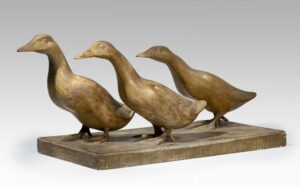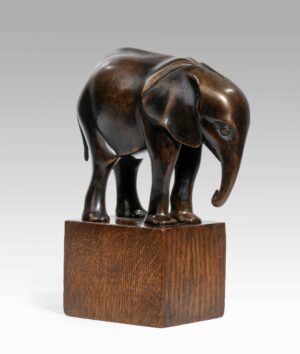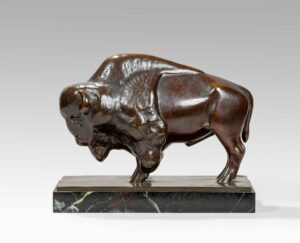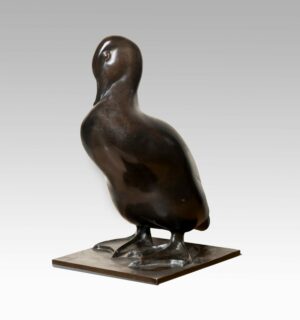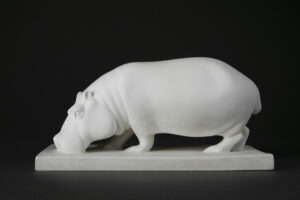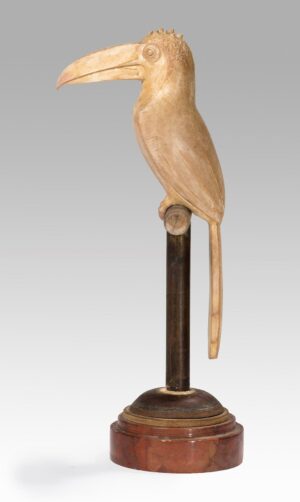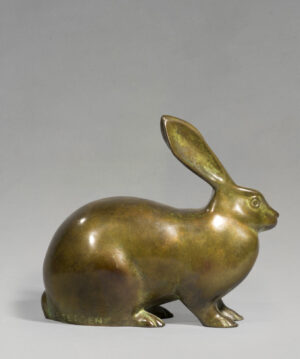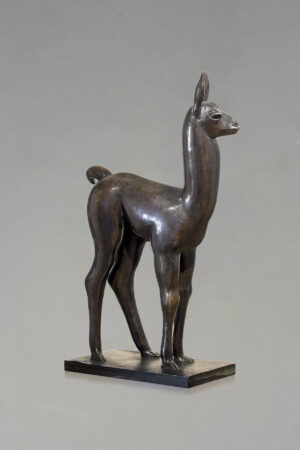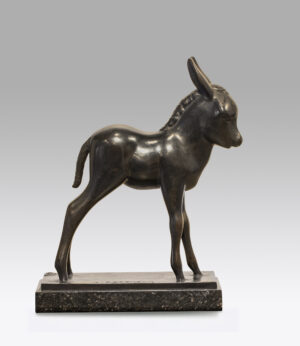Armand PETERSEN
(1891-1969)
Considered as one of the greatest French animal sculptors, Petersen was born in Basel (Switzerland) on the 25th November 1891. He entered the Ecole des Arts Industriels of Geneva, in the goldsmithing and chiselling classes. In 1914 he moved to Paris to pursue his studies before settling for four years in Hungary in the studio of the sculptor Bela Markup, who initiated him to sculptural modeling. The artist introduced him to the study of animals at the Budapest zoological park at a time when wildlife art was in full swing. His preference for animals asserted itself in 1925, when he joined the followers of Pompon who taught sculpture ad-vivum (by nature). He was then working at the fauveria of the Jardin des Plantes.
Pompon and Petersen are often compared, and rightly so, although the latter stands out by a constant search for animation of his models. The art critic, Yvon Lapaquellerie wrote these few lines about him in his magazine L’Amour de l’Art. “He works on his material as if it were gold. The art of Petersen has something religious about it. The spirituality that impregnates his artwork gives it a unique cachet and sets him apart from other animal sculptors.” Always on the alert, his ducks, rabbits and other species seem to be lively from within. The fearful attitude of the ‘Round back antelope’ instantly captured is no exception to the rule. It seems to be ready to leap away at the slightest sign of danger. This sculpture has been exhibited and was cast in bronze as early as 1928.
Armand Petersen received many orders from the French State and from foreign commissioners. A great many of his pieces, such as the ‘Hippopotamus’ which can be admired at the Musée d’Orsay, are also on view in national museums.

